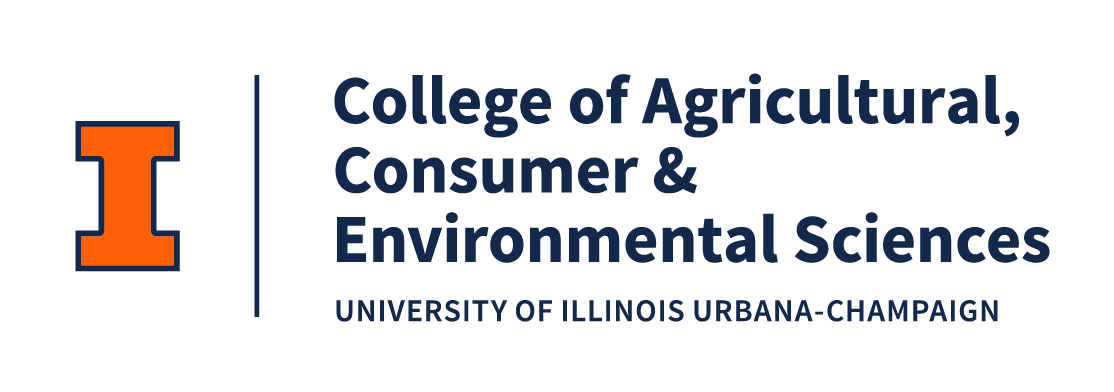Parts of the Midwest experienced very hazy and smoky conditions in late June. This was caused by a combination of several atmospheric conditions along with an extreme natural event at the same time. Climate Change Specialist and State Master Naturalist Duane Friend from University of Illinois Extension addresses some of the questions received during this weather event.
What was the atmosphere doing?
The U.S. was affected by what’s called an omega block. To understand this, we must look at what happened around 18,000 feet up. At that elevation, a big area of high pressure was sandwiched between two low-pressure areas. The jet stream moved in between these lows and the high.
Think of a big upside-down U in the jet stream, with Illinois sitting on the right side of the downward U. To the west, the Great Plains had dry and warm conditions with little wind. Areas to the east experienced cool, cloudy, and wetter-than-normal conditions. Illinois was on the edge of both. For several weeks, Illinois was located where winds were coming out of the north, bringing air out of Canada.
What may have caused the omega block?
An El Niño event, which is warmer than normal ocean water in the Eastern Pacific, had multiple effects on weather in North America and may have been a factor in an omega-blocking pattern in the jet stream.
Where was the smoke from?
At the same time, Canada has been experiencing its worst fire season in recorded history, according to the Canadian Interagency Forest Fire Centre. Almost 500 forest fires, a total of 20 million acres so far in 2023, are burning in eastern Canada, which has also faced warm and dry conditions.
The big high pressure in the middle of the U.S. caused air to sink from higher altitudes. Even though the Canadian wildfire smoke rises, the sinking air pushes it back to the surface. The result is that smoke is brought in by the jet stream and then pushed down. Not a great combination for overall air quality.
What caused the smoke to dissipate?
While the Canadian wildfire season usually peaks in July and August, there is some hope for above-normal precipitation through mid-July, according to the National Weather Service. Rain removes smoke particles from the air, greatly improving air quality.
What should people do if smoke is present?
Anyone with respiratory issues should stay indoors. When levels are very high, everyone may experience health concerns. To know the level of air quality, visit the EPA air quality website at airnow.gov.






